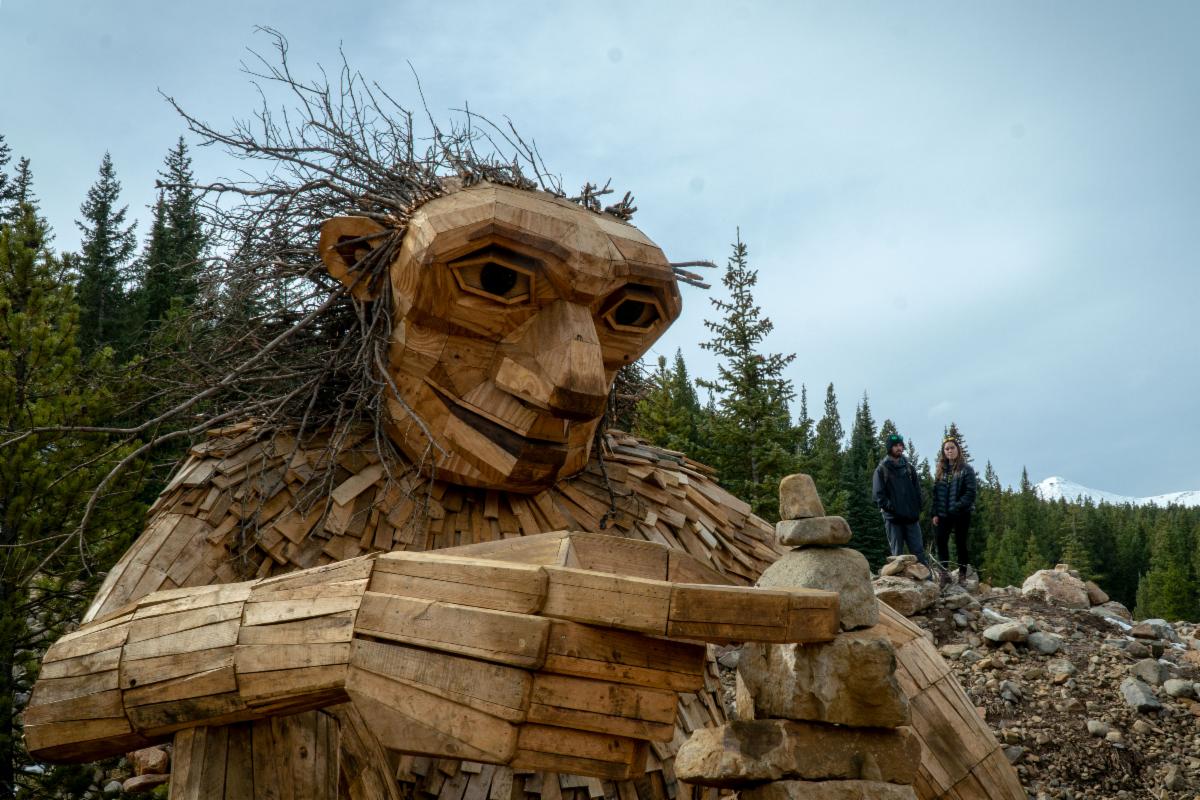|
Saturday 28 September 2019
Rules. What rules?
Friday 13 September 2019
Don't swallow the bait
Have you heard about Bait? If you haven't you surely will soon. It is an unlikely film to capture the zeitgeist shot as it is in black and white, on a hand cranked camera with the sound - both dialogue and music - dubbed on afterwards.
Without giving too much away it is the story of a Cornish fishing village where the bait once used to lure fish is now the 'bait' to entice tourists. Most of the town has sold out both in terms of housing and employment but are mostly unhappy vassals to the incomers. There are almost too many good lines to pick from (some too obscene for here) but my absolute favourite is a girl on the bus who announces of one of the Londoners that, "He was so posh I thought he was speaking German."
| BAIT Official Trailer |
My village was largely in a state of stasis in the centuries running up to the 20th; it was not until just prior to the outbreak of WW1 that it began its evolution to how it is today. The local Lord who owned all the land and houses around these parts put his estate up for auction. Some of the larger houses were bought by what you might call the wealthy merchant class (often as unpopular at the Bait incomers), but the vast majority were farmhouses and tied farm cottages. In most cases the ownership simply went from the Lord to the new owners who were previously his farm tenants. The only other property owners in the village were those who provided goods and services to the locals: the miller, the baker, the butcher, the blacksmith and so on. And this was how it would pretty well stay for the next half a century with four social classes in rigid hierarchy: posh house owners, landowners, farm workers who lived in the houses provided by the farmer and the self-employed shop keepers/artisans.
The change to how to we stand today really started in the 1950's as the nature of agriculture changed and transportation links improved. Suddenly people had choices. A brand-new house in Basingstoke with a job in a modern factory or office? It was an easy choice. Villages were hollowed out. What was truly dreadful housing to start with was abandoned to become even worse. In my childhood I recall dozens of dilapidated cottages. My father even bought the one opposite our home as he couldn't bear to see it tumbling down. He did it up but barely broke even on the pittance he resold it for such was the lack of demand. Today it would probably command £400,000.
It might seem hard to believe now but in the 1950's, 1960's, and to a lesser extent the 1970's, there was a flight from the countryside; the rural idyll as depicted in the Saturday supplements simply did not exist. Countless cottages were demolished to make way for practical, and generally ugly, bungalows. Farmers would almost give away the houses that were no longer required for their ever-shrinking work force. But not everyone went. The four local farmers who currently own the bulk of the land around the village are true Wallopians. There are still people who were raised and currently live in the house in which they were born. But this group is tiny in its totality - no more than a couple of dozen of the seven hundred odd residents of Nether Wallop.
And therein lies the problem with the local vs. incomer debate. How do you define a local? Is it residency of twenty, thirty, forty or fifty years? Do you lose your place in the queue if you move away to join the Army or somesuch? Or isn't tenure enough. Do you have to be second or third generation with all your long-gone relatives laid out in the churchyard? And then there is added complication of good work vs. bad work. Tilling the soil is seen as worthy but servicing the needs of visitors or part-time residents is not. Somehow, we seem to have elevated the hard grind of physical labour, which was both dangerous and life shortening, to an epic endeavour. It might seem that way if you didn't have to do it but that flight from the countryside shows what those who had to do it found, when given half a chance, an escape route.
The English village is a dynamic reflection of Britain as a whole. It fluxes. It flows. People come, some stay but most, in time move on. But to pretend that there was ever a golden age of bucolic harmony is a fiction. Enjoy Bait. It is a great film. But like much great cinema is uses the vehicle of human conflict to tell a story which is fundamentally at odds with the way things truly are.
Dorian's destruction
I pricked up my ears when news of Hurricane Dorian's route across the Bahamas was first mooted. For the most part hurricanes are the storms that we fear most but expect least; metrology is an inexact science in the face of one of Mother Nature's most destructive forces. The predicted path of the storm would only have to deviate by ten or twenty miles to entirely miss these relatively small and generally sparsely populated islands.

| East End Lodge before Dorian |
Occasionally something comes upon you by surprise. The crossing of the azure blue sea canal dug north to south across the island in the 1970's in the belief that a huge marina and waterside development would follow. All that remains today are the weed strewn building plots and the decaying street layout. Or the giant oil storage silos, each of the dozen as large as St Pauls Cathedral with the dome lopped off, in the midst of a coconut tree clearing with the hugest of the huge supertankers moored at the end of a long jetty offloading their oil to supply the Caribbean via smaller ships.
 | |
| East End Lodge after Dorian |
My driver told me this facility had recently changed hands for $600m; this was in 2014. I had no idea whether that was true; it seemed a lot for a few tanks in the middle of nowhere. I also wondered as to his veracity when I asked as to the explanation of the tide mark at chest height that was on every tree I saw for miles and miles. "Hurricane," he said "we all got flooded." It seemed incredible that so much land could be engulfed by so much sea. And then return to something near normality. But I now know it to be true.
I'm sorry to report for those of you who know East End Lodge on the far eastern tip of Grand Bahama that it has been all but destroyed. The photo at the top, taken in happier times, is of the owners Robert on the left and Cecil in the middle (this is a joint US/Bahamian venture) in front of the main lodge. It is now razed to the ground. What is left of it is the pile of damage just in front and to the right of the green building in the after photo.. The white sticks in the water are what are left of the quay. The roofless building the rod and gear room. It seems that by some small mercy that one of the accommodation bungalows has survived but precious little else. You can watch the short fly by video, with more photos, from which the above frame was taken here. Click through to the fourth photo which will start to play as a video. East End Lodge comes into view at the five second mark..
My heart goes out to them all at East End Lodge. Not only is the business shattered for now but their homes as well. Nearly everyone who works or has some association at the Lodge - and there are many - live in McLeans Town a few hundred yards away. The town fared no better. It is horrible. The photo below is stark in the truth. I wish them all well and promise to be on the first plane out when they reopen their doors as I know they will.
 |
| McLeans Town last week |

That was August
Though we yinged and yanged between extreme heat and extreme downpours August turned out just fine. I am not exactly sure where we are in the overall rainfall for 2019 but I'm guessing we will end up in the somewhere around 8-10% below average.
The effect on the chalkstreams very much depends on where you are on each system. The top headwaters are very thin, the middle sections on the low side without it being critical but with astonishing clarity. The lower beats have rarely had such a fabulous year.
Well done to Peter Collins who fished at Upper Clatford on the River Anton; he comes out of the metaphoric hat first to collect a snood for the August feedback draw.
The Quiz

As ever the quiz is just for fun, with answers at the bottom of the page.
1) What is the highest and lowest number of hurricanes in the North Atlantic in a year during the past two decades?
2) The Rugby World Cup starts later this month in Japan. How many Rugby World Cups have there been and who has won the most?
3) Which came first - the Men's or Women's Cricket World Cup?
Have a good weekend.
Best wishes,

Simon Cooper simon@fishingbreaks.co.uk
Founder & Managing Director
Answers:
1) 2 in 2013 and 15 in 2005. The average is 7 a year.
2) 8 since 1987 and New Zealand 3 times.
3) Women's 1973 vs. 1975
Subscribe to:
Posts (Atom)




